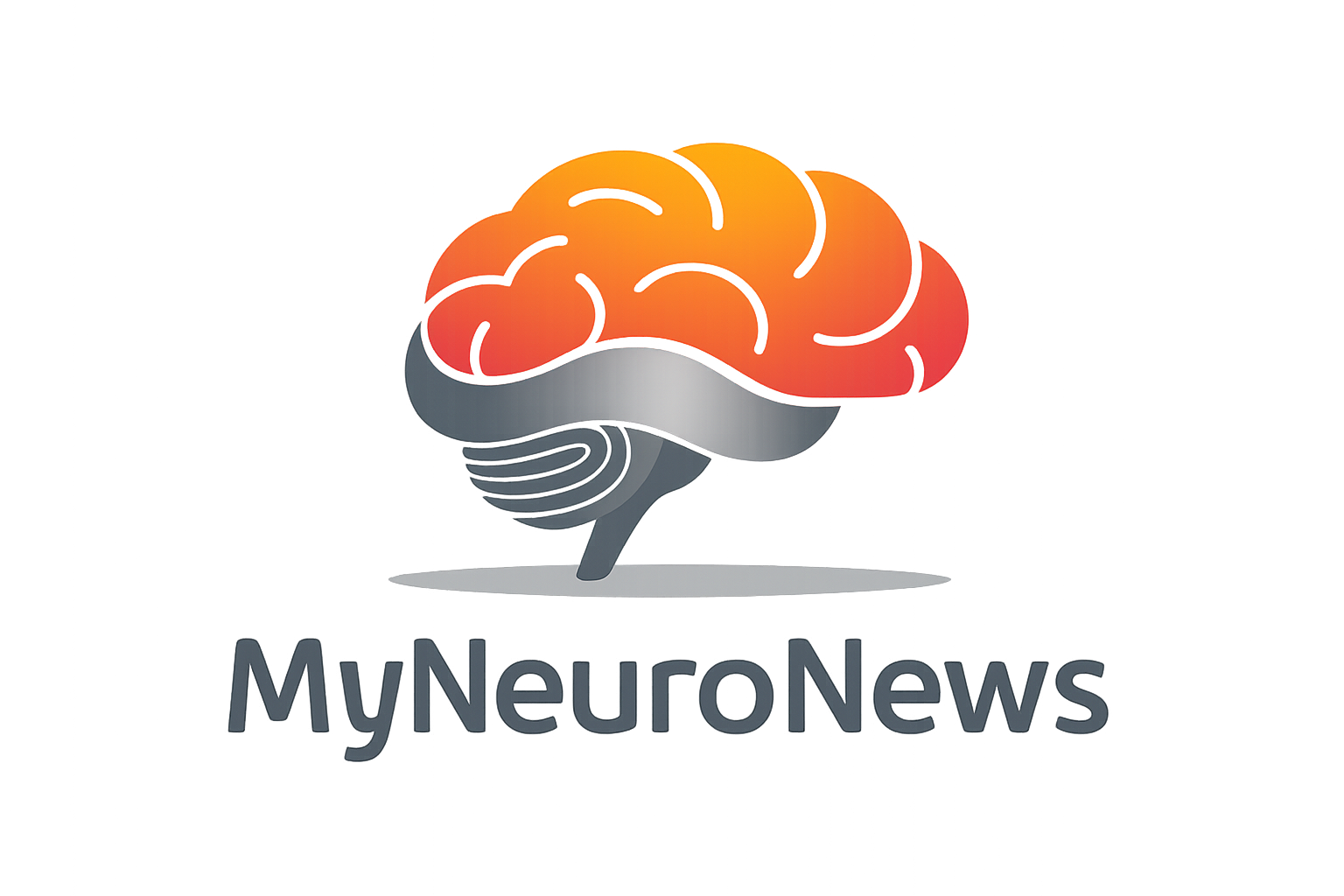The Mayo Classification System represents a significant advancement in the field of traumatic brain injury (TBI) diagnosis and management. This system categorizes TBIs into three distinct categories: Moderate-Severe TBI, Mild TBI, and Possible TBI, based on a variety of clinical indicators and patient presentations. This article aims to provide a comprehensive analysis of the Mayo Classification System, exploring its methodology, applications, advantages, and potential limitations.
Background
TBIs are among the most complex injuries in the field of medicine, with a wide spectrum of manifestations ranging from mild concussions to severe brain damage. The classification of TBIs is crucial for determining the appropriate level of care, predicting outcomes, and guiding research. Historically, the classification of TBIs has relied on various scales and criteria, with the Glasgow Coma Scale (GCS) being one of the most widely used. However, the GCS alone does not capture the full spectrum of TBI severity, particularly for mild TBIs that may not significantly impact consciousness but still have profound long-term effects.
The Mayo Classification System: An Overview
The Mayo Classification System for TBIs was developed to address these challenges, offering a more nuanced approach to TBI classification. It uses a combination of clinical findings, including but not limited to:
- GCS scores
- Duration of loss of consciousness
- Length of post-traumatic amnesia
- Neuroimaging findings
- Presence of neurological deficits
By incorporating these criteria, the Mayo System provides a more comprehensive assessment of TBI severity.
Categories Explained
- Moderate-Severe TBI (Definite TBI): This category is used for TBIs that result in significant clinical findings, such as a GCS score of less than 13, extended loss of consciousness, or post-traumatic amnesia lasting more than 24 hours. Neuroimaging findings that indicate structural brain damage also fall into this category.
- Mild TBI (Probable TBI): Mild TBIs are characterized by a GCS score of 13 to 15, with a loss of consciousness or post-traumatic amnesia lasting less than 24 hours. This category acknowledges the potential for significant impact despite the absence of overt clinical or imaging abnormalities.
- Possible TBI (Symptomatic TBI): This classification is used for patients who exhibit symptoms suggestive of TBI (e.g., headache, dizziness, cognitive disturbances) but do not meet the strict criteria for mild or moderate-severe TBI. It recognizes the subjective nature of some TBI manifestations and the importance of symptoms in the diagnostic process.
Advantages
The Mayo Classification System’s primary advantage lies in its comprehensive approach, which considers a broader range of clinical evidence than previous classification systems. This inclusivity improves the accuracy of TBI diagnosis and classification, facilitating more appropriate treatment and management strategies. Additionally, by recognizing the significance of mild and symptomatic TBIs, the system highlights the need for careful monitoring and management of these patients, who might otherwise be underestimated.
Applications
In clinical practice, the Mayo Classification System aids healthcare professionals in stratifying TBI severity, guiding treatment decisions, and providing prognostic information. In research, it offers a standardized framework for studying TBI populations, enabling more consistent and comparable findings across studies.
Potential Limitations
While the Mayo Classification System represents a significant step forward, it is not without limitations. The reliance on clinical judgment and the interpretation of symptoms may introduce subjectivity into the classification process. Additionally, the system’s complexity could potentially hinder its widespread adoption, particularly in settings with limited resources.
Conclusion
The Mayo Classification System for TBIs is a sophisticated tool that enhances our ability to classify and manage TBIs. By incorporating a wide range of clinical indicators, it offers a nuanced approach that acknowledges the complexity of TBIs. Despite its potential limitations, the system marks a significant advancement in the field, promising improved patient outcomes through more accurate diagnosis and tailored management strategies.

